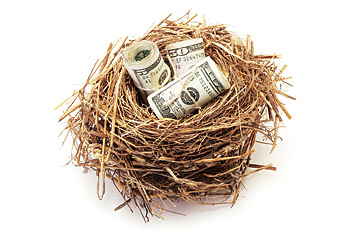
Forget about rescuing banks or unfreezing credit markets. The question on most minds amid the recent market chaos: What does this mean for my 401(k)? With some $3 trillion invested, these plans are the most popular retirement-savings vehicle in the U.S.--and account for a big chunk of the $2 trillion the crisis has wiped from American nest eggs.
The 401(k) plan--named for a section of the Internal Revenue Code--came about thanks to a 1978 congressional provision intended to offer taxpayers breaks on deferred income. In 1980, while trying to streamline a client's profit-sharing plan, benefits consultant Ted Benna realized that the code could be used to create an easy, tax-friendly vehicle for employees to save for retirement. The client passed, but the idea took off: there are now more than 65 million 401(k) accounts, which allow participants to invest in stocks and bonds, often with matching funds from employers--all at a lower cost than the pension plans that 401(k)s replaced. The accounts helped spark a financial-industry boom, funneling billions from under retirement savers' mattresses into mutual funds and the stock market.
But 401(k)s didn't yield smarter investors. In the 1990s, employees at some fast-growing companies kept up to 90% of their 401(k)s in company stock. When Enron and WorldCom tanked in 2001 and '02, they each took more than $800 million in savings with them, prompting landmark lawsuits. The current meltdown has skimmed about 20% from 401(k)s since 2007 and ignited debate over their retirement-income reliability. "Unlike Wall Street executives, American families don't have a golden parachute to fall back on," said California Representative George Miller at an Oct. 7 hearing on retirement savings. At least they still have mattresses.
